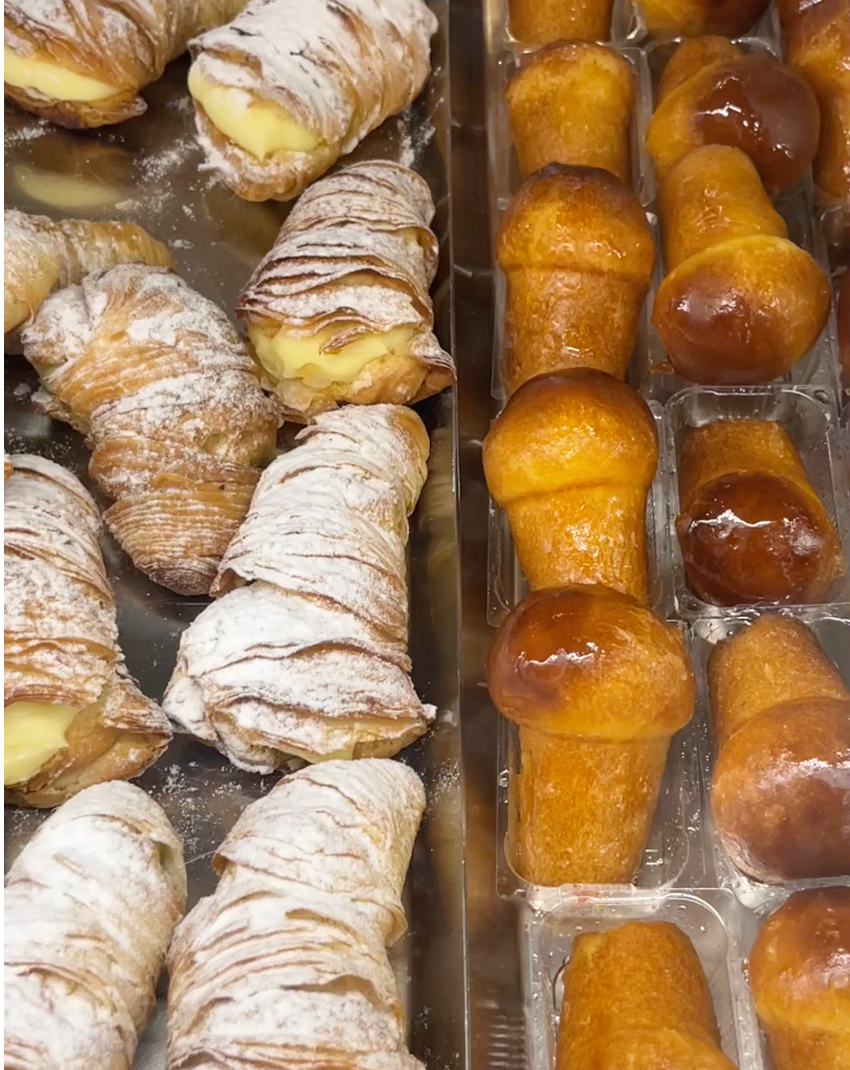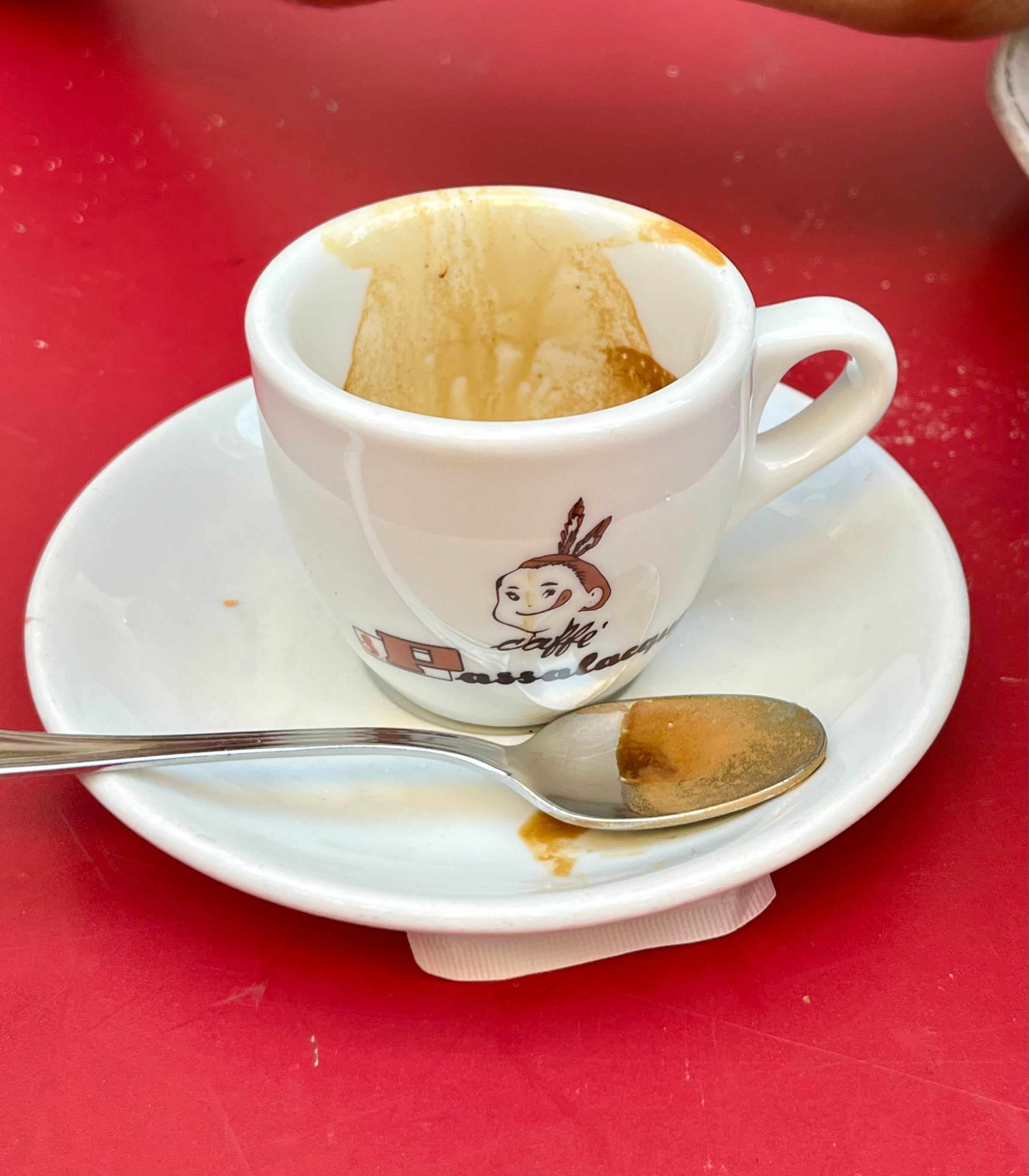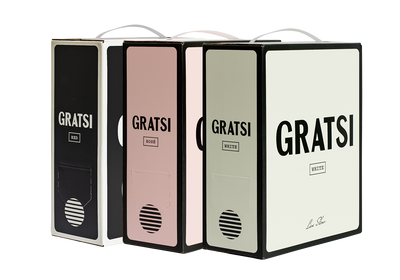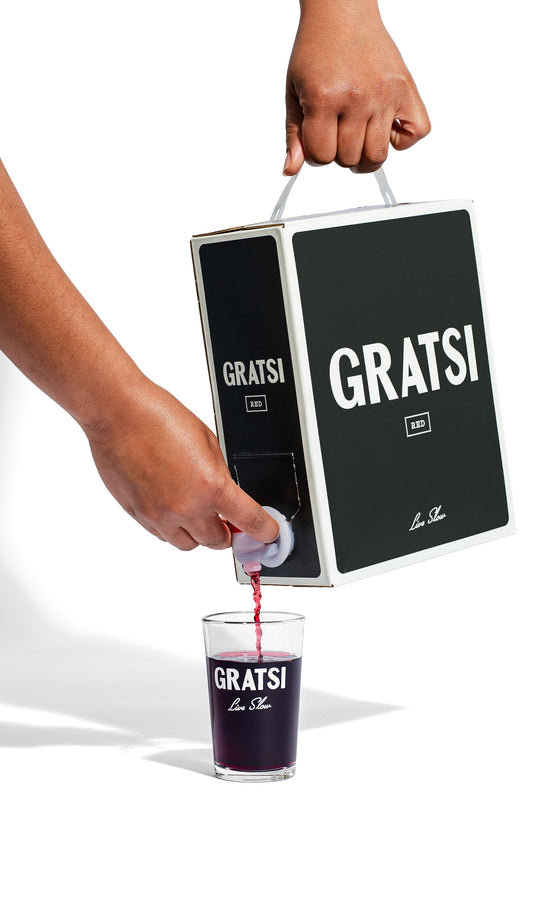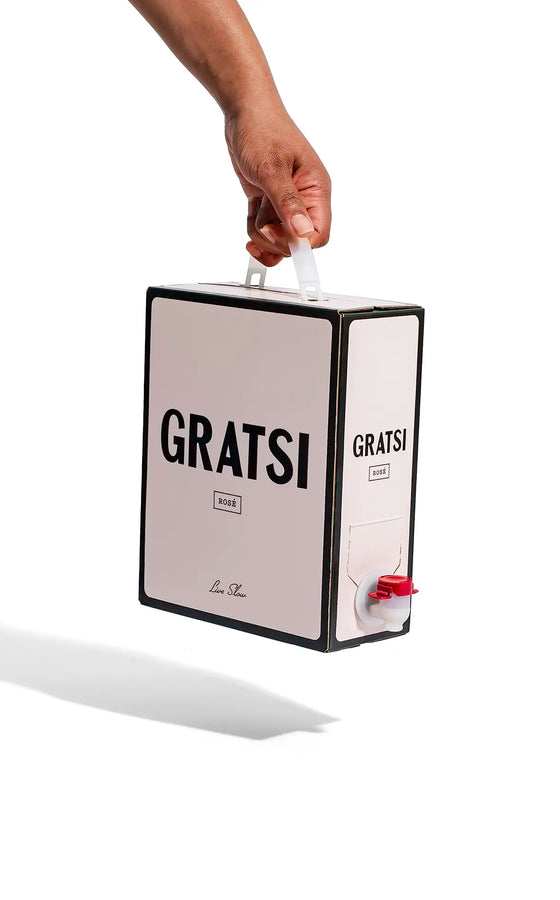Colazione Italiana
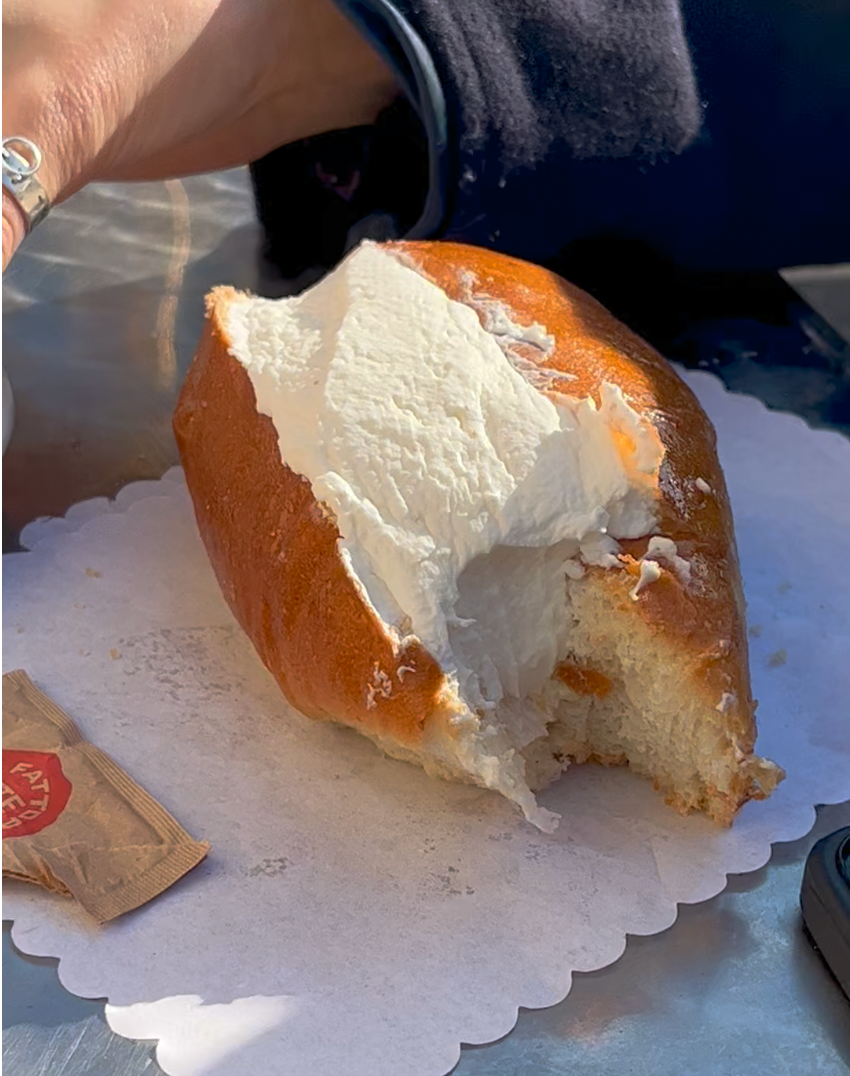
GABRIELA'S INSIGHTS
Colazione Italiana
By GABRIELA R. PROIETTI
November 14, 2023
Italian breakfast at the bar is a daily habit for many people in Italy and has become my favorite morning ritual. From the smells and chatter to the sound of porcelain espresso cups clinking together, the minute my alarm goes off, I am headed to my bar of choice to get my morning breakfast fix and soak in each second of my vita italiana.
In my early days of living in Italy, I wasn't amused by the food part of breakfast that left me with a sugar high from already-stale croissants filled with industrialized jams and kinds of honey. Still, undoubtedly, I was over the moon about the caffeine part of the experience. But over time, I have learned there is more to colazione italiana than plain croissants and simple brioche. Each region has its specialty that is worth diving into, and ones that I have come to love, so let's take a look at five delicacies.

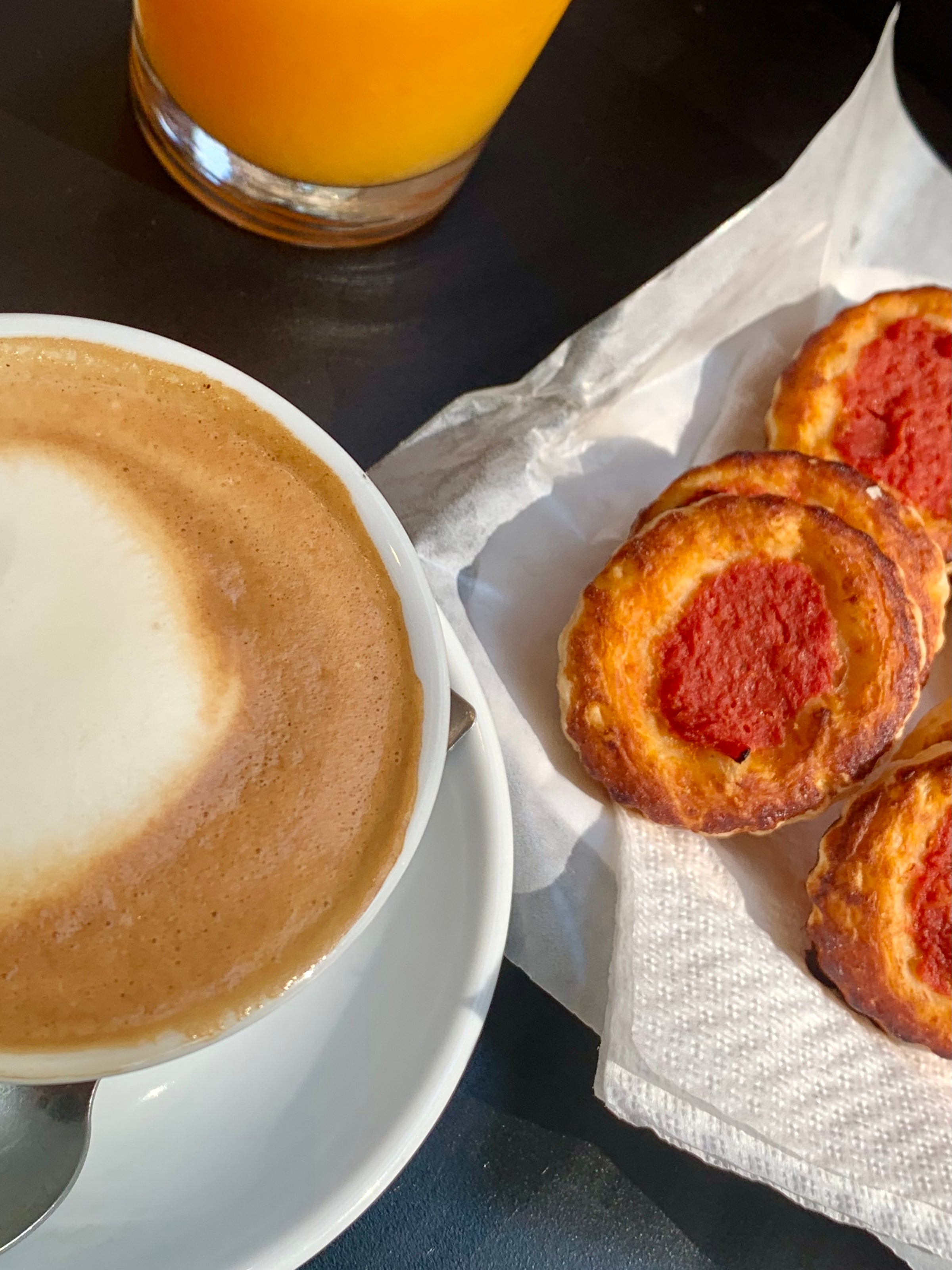

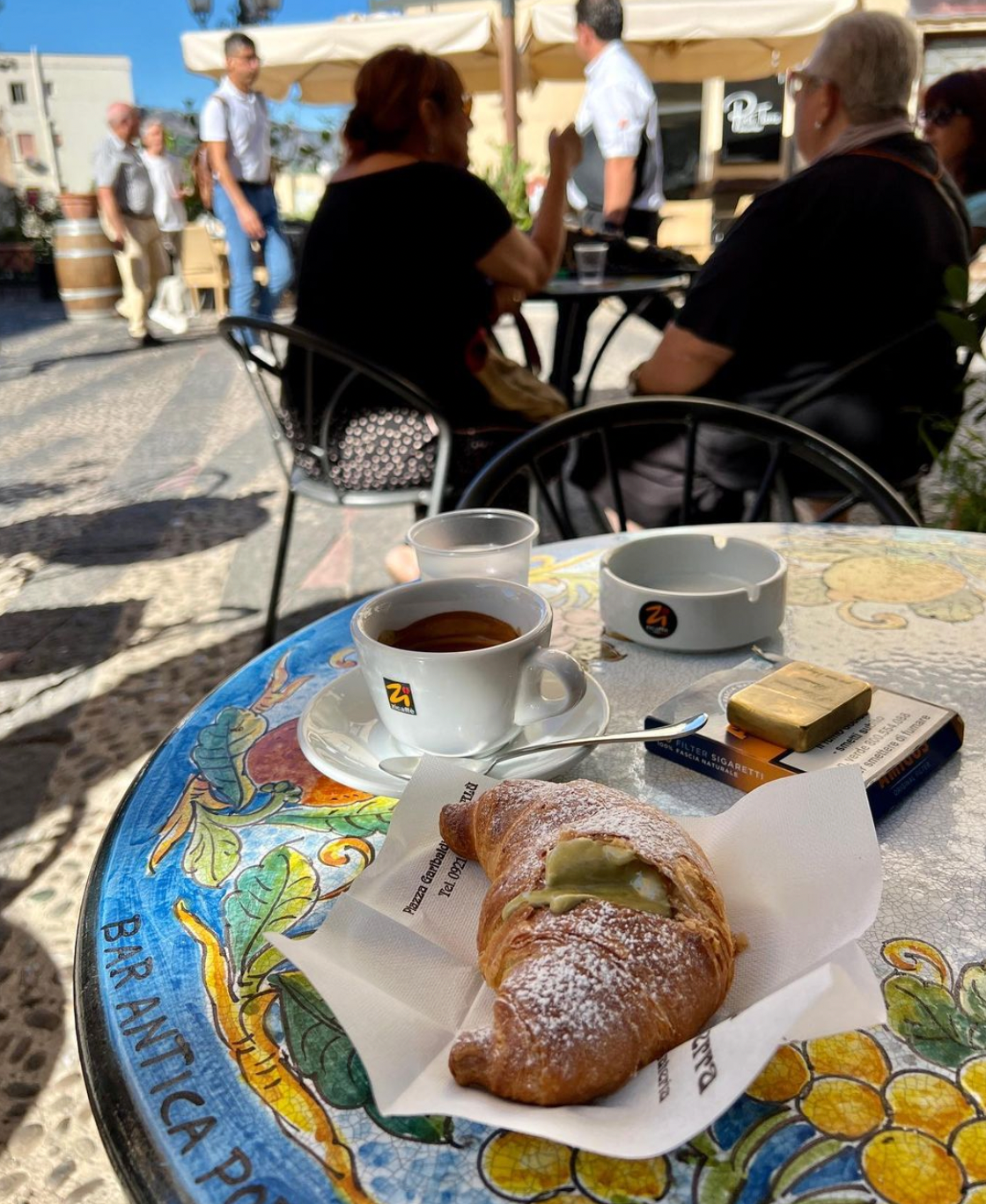
MARITOZZO, LAZIO
Thanks to an invitation from my well-informed breakfast-loving Roman friend, my eyes couldn't open wide enough when I first caught sight of the Capital’s breakfast specialty. Stepping foot into an unadorned corner bar on the outskirts of Trastevere, I was greeted with sheet pans lined with sliced open buns the size of my head overflowing with perfectly white and fluffy cream topped with powdered sugar. Ahhh, Martiozzo! She points and turns to me.
Maritozzo is a traditional soft and lightly sweet bread roll that originated in the region of Lazio, dating back to the Ancient Roman era. It is said that the name "maritozzo" derives from the Italian word "marito," which means husband and that during the Middle Ages, maritozzo was often given by young women to their prospective spouses as a symbol of love and commitment. The dough of maritozzo is simple, like most Lazio cuisine, made with flour, eggs, milk, sugar, and yeast. It is shaped into individual rolls, and they are sliced open and filled with sweet whipped cream that is delicate and not overly powering.
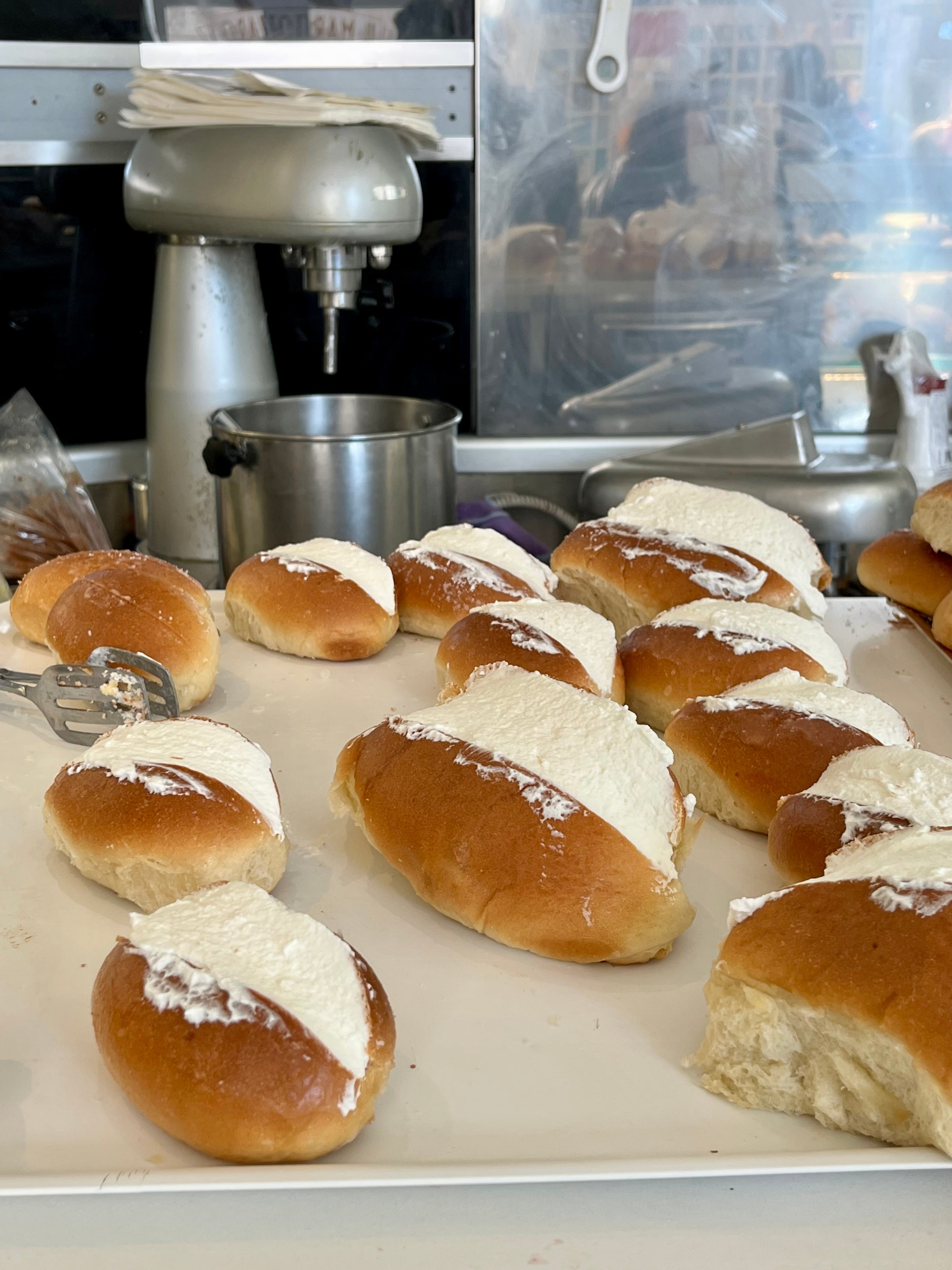
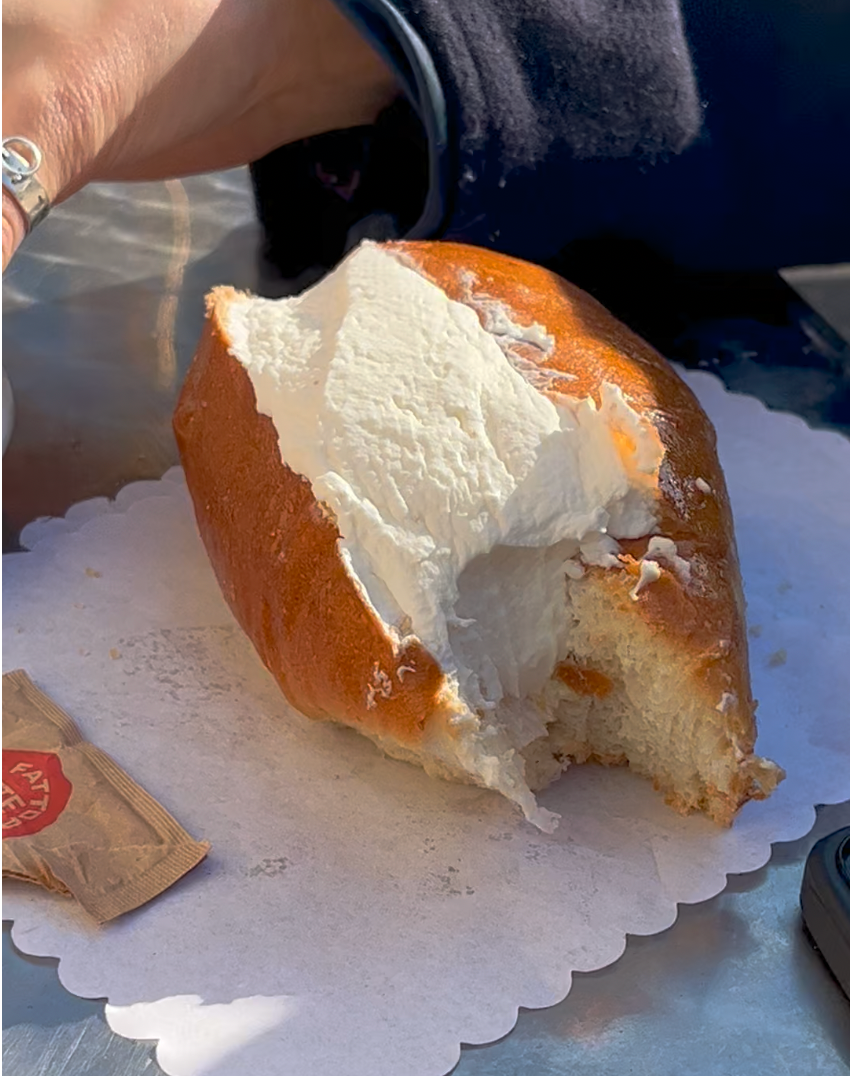
GRANITA & BRIOCHE, SICILY
It is said that the more south you go in Italy, the sweeter breakfast becomes. And I don’t think anything could top ice cream on a scale of sweetness. But I am not talking about gelato or your typical confectionery ice cream found in your local supermarket’s freezer, rather granita. And please don’t think for a second that granita is shaved ice flavored with sickening-sweet syrups dumped on top!
There is only one place to eat the real deal granita and that is in Sicily. Thanks to the arrival of the Arabs and centuries of adapting its original recipe, today Granita is made by mixing water, sugar, and fruit or other local ingredients together, but unlike typical sorbets or ice creams, Granita is never completely frozen. Instead, it has a unique texture unlike any other frozen treat, that is grainy and creamy that can only be eaten with a spoon and always eaten with a brioche bun. Flavors of granita range from coffee to chocolate, but you can never go wrong with classics such as almond, pistachio, and lemon.
PASTICCIOTTO, PUGLIA
Over the past few years, the Heel of the Boot, Puglia, has taken the world by storm. A region where the climate is always pleasant, filled with crystalline coastlines, olive groves, quaint villages, and a culture of decadent cuisine.
For breakfast, the Pugliesi are not reaching for a cornetto or crunchy biscuits, rather pasticciotto. A confectionery speciality typical of Lecce and the region as a whole, this morning treat is made from shortcrust pastry filled with custard and then baked in the oven. The result is an oval short-bread like mound served warm and topped with powdered sugar and caffè leccese, a shot of espresso poured over ice mixed with sweet almond milk from the Salento territory.
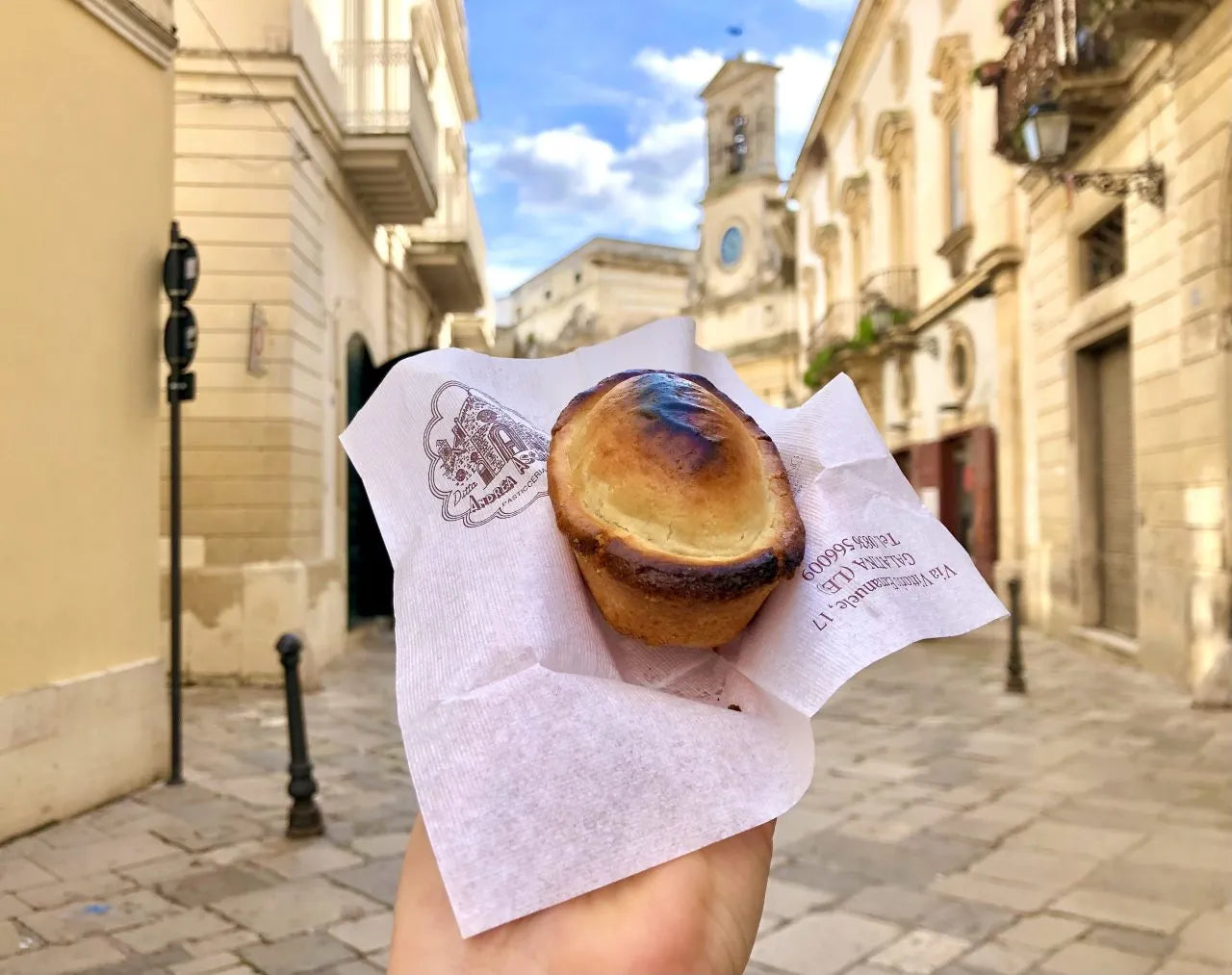

FOCACCIA ALLA GENOVESE, LIGURIA
I love focaccia, and even more a cappuccino, but I never in my wildest dreams believed the two would be a match made in heaven. Thanks to the genovesi, citizens of Genoa, they have opened my eyes to a whole new world of salty paired with sweet, my favorite combination.
Focaccia alla Genovese is not your ordinary focaccia, and there is something special about it you can't find anywhere else. It could be the fresh olive oil drizzled on top, the perfect sprinkled salt, or its two-inch, slightly crunchy thickness. Whatever it is, it is irresistible, and if you find yourself in the northern coastal region, go full genovese style and dip your slice of focaccia in your cappuccino to kick-start the day. Why do the people of Genoa do this? I'm not sure, but it is pleasantly satisfying.
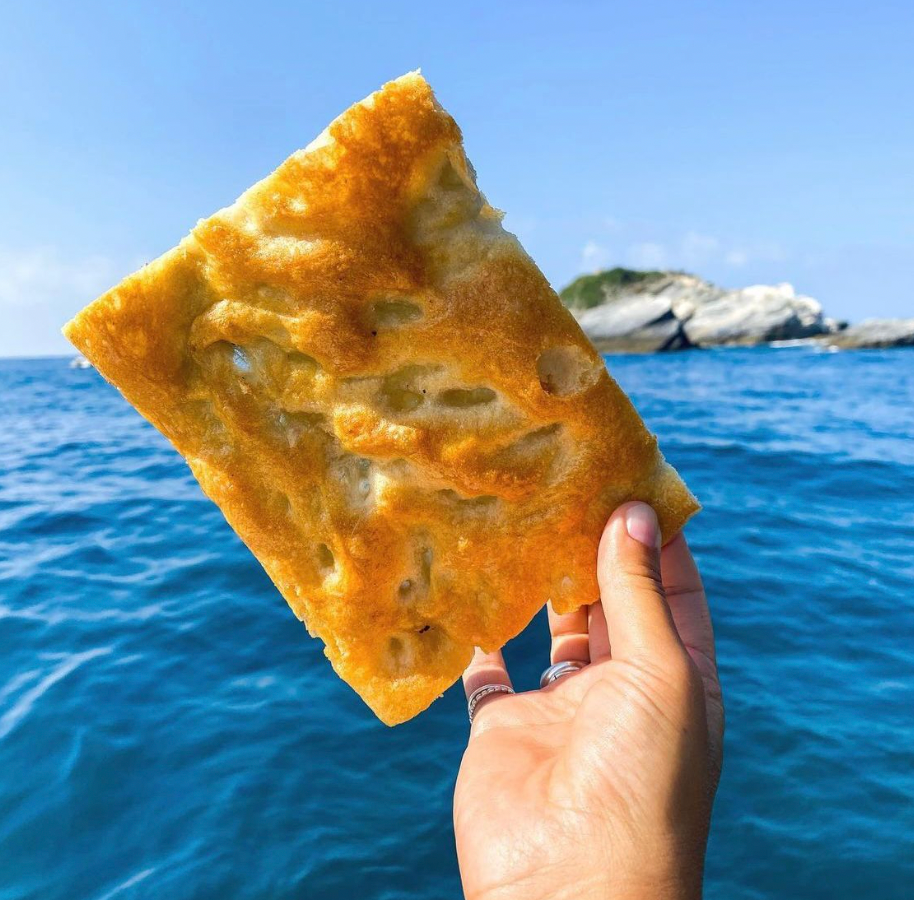

SFOGLIATELLA, CAMPAGNA
In Naples, I live in a world of uncountable types of street food, decadent desserts, and traditional dishes that have diffused across the globe, becoming international sensations. Coffee culture in the bustling city, and throughout Campagna, is unlike any other, and in fact, the average Neapolitan drinks five espressos a day (and if you’ve been to Naples, you can understand why Neapolitans are lively and full of unmatchable energy). And if we are being honest, Neapolitans love to pair their nearly boiling hot shot of espresso with sugar, flaky goodness.
From graffa, a lightly fried donut topped with crystalline sugar, to babà, sponge cake soaked in rum, the holy grail of Neapolitan colazione is none other than the sfogliatella. Shaped like a lobster tail, sfogliatella is made with thin layers of flaky pastry dough that are then filled with a ricotta filling that is sweet and creamy. Dating back to the 17th century, old wives' tales believe that they were created in the monastery of Santa Rosa in Conca dei Marini, a small town along the Amalfi Coast, by nuns with excellent baking and pastry skills.
